May In The Garden - 2024
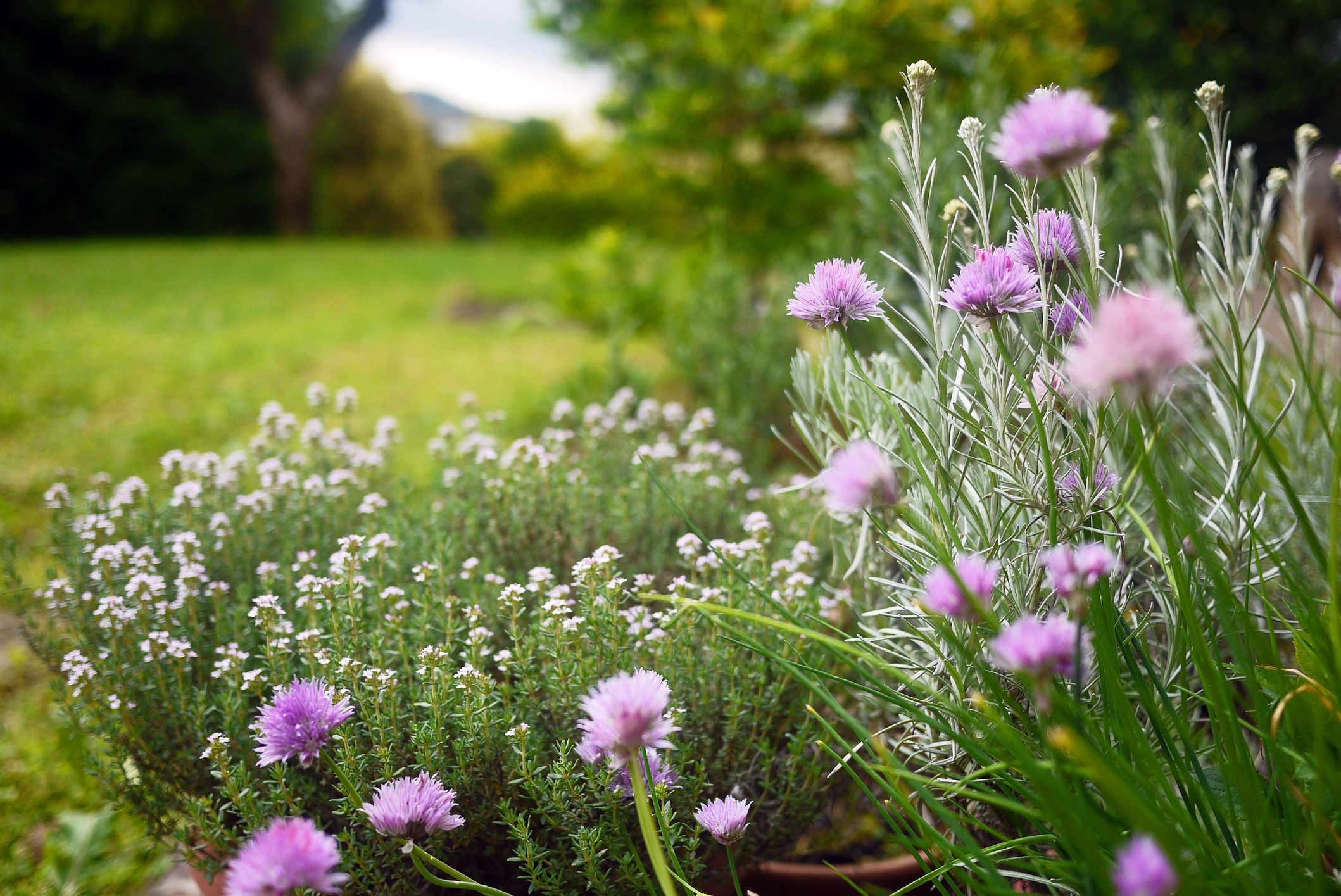
‘The love of gardening is a seed once sown that never dies’ – Gertrude Jekyll – (British horticulturist and garden designer)
Isn’t this the best quote to celebrate the beginning of another spring season? Floral Acres is excited to welcome you to Spring 2024, celebrating new plants, new colors and bringing back your favorites from springs past. It’s May and time to get down and dirty in the garden! So put on your garden gloves and get ready to have some fun.
Whether you a new or experienced Saskatoon gardener you will be anxious to ‘sow some seeds’! Here are a few Zone 3 garden tips to get you started in the garden.
The beginning of May is the time to visit your garden centre! The garden centre staff is never too busy to answer any questions you may have. Take your time and have a good look at all they have to offer. Read plant tags, take a few pictures and notes with your phone and enjoy the colorful sights and smells. Get your bearings and make plans to return again and again as new plants become available every week. Between visits, go to the Floral Acres website and shop online from the comfort of your own back yard.
If you are a gardener that is guided by trends, there are a few interesting gardening trends happening in 2024.
Sensory Gardens – Sensory Gardens not only feature colorful flowering plants that smell beautiful, but have interesting leaf textures, shapes and offer up many vegetables and fruits. Include the best sounds of nature; fountains, wind chimes, ponds and birds to complete the sensory experience.
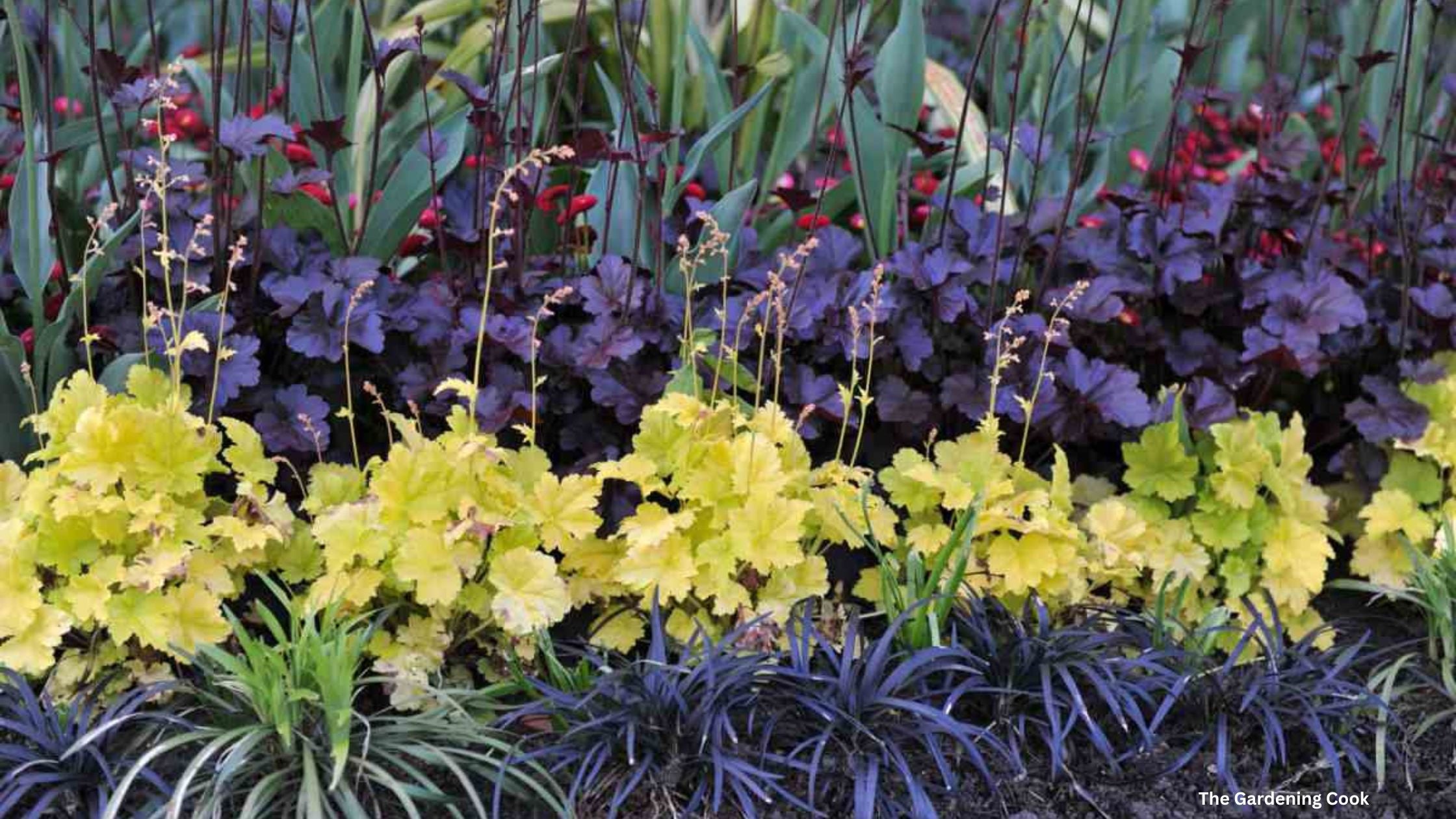
Gothic Gardens – At first I was a bit skeptical of this trend but there are many black flowering plants or shrubs with black/maroon leaves that are hardy to zone 3. You will be surprised!
Meadow Lawns – Meadow lawns are a colorful and refreshing sight featuring many flower families and attract many pollinators. Do find a seed blend that is local to our area (Zone 3) and consider leaving the seeds on the plants in autumn for the birds in winter and to encourage self-seeding.
Wellness Gardens – Focus on creating a calm, peaceful atmosphere for meditation, yoga and contemplation. My favorite landscape design to create was always a ‘secret garden’ within a larger garden where one could hide away to read, write, and relax.
Eco-Conscious Gardens – Focusing on pollinators, birds, xeriscaping, growing organic vegetable and fruit gardens, gardening sustainably, eliminating lawns and focusing on the health of the soil.
Soil is the most important requirement of a healthy, flourishing garden. If you do not have good soil, you will not have top quality plants. A nutrient rich soil includes compost and other organic matter such as well rotted mushroom, sheep or steer manure, coir fibre, kelp and earthworm castings.
At the beginning of May you can plant up your hanging baskets and planters. Visit the Proven Winners website for some awesome container planting recipes. Combine tropical plants, annuals and perennials in mixed or stand- alone containers. Pro-Mix is my favorite soil brand to use for all areas of the garden. Be prepared to bring planted containers in and out of the house/garage every night as the plants harden off. This can take up to three weeks to slowly acclimatize them to the outdoors. Do not put them in direct sun during the day. Make sure the plants in each container have the same cultural requirements. You can also buy beautiful pre-planted containers and hanging baskets at Floral Acres. They will also need hardening off and attention paid to watering and fertilizing.
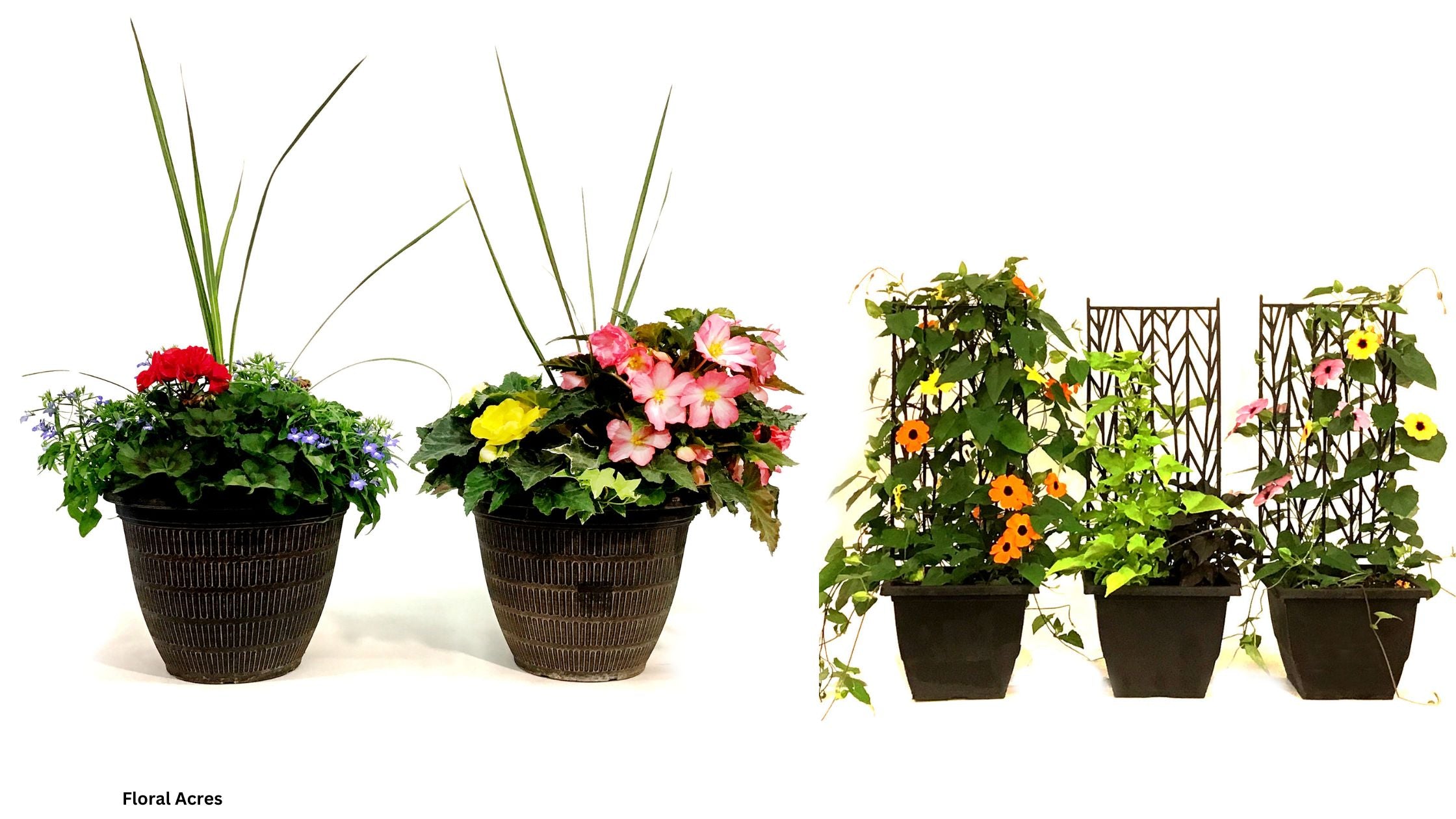
In early May - Clean up winter debris, old stalks and leaves left on perennials and prune summer flowering shrubs and trees. Evergreen trees can be pruned in early spring and evergreen shrubs mid to late spring. The general pruning rule of thumb is to prune off or back any dead, diseased and crossed branches just above an outward facing bud. As pruned trees and shrubs begin to grow, they will quickly self-heal. To shape the shrub or tree, do not take off more than one third the volume of the plant. A pruning ban is in effect for Elm trees in Saskatoon from April 1 to August 31. Do not prune maples or birches until well into summer when their sap flow has settled down.
Prune early spring blooming trees and shrubs right after they bloom. If you wait to prune after they put out new growth, you will be pruning off next spring’s blooms. This includes Forsythia, Lilacs, Viburnum, Weigela, Double Flowering Plum, Nanking Cherry and Purple Leaf Sandcherry.
When new buds begin to appear apply a slow-release tree and shrub fertilizer such as Miracle Gro Shake ‘n Feed All Purpose (12-4-8) or Miracle Gro Shake n Feed Flowering Tree and Shrub Fertilizer (18-6-12) around the dripline of the tree/shrub. These fertilizers will feed deciduous trees/shrubs and evergreens for three months. Miracle Gro also includes a slow release Shake ‘n Feed for Roses (10-18-9).
Create new flower/perennial, shrub beds and prep existing beds with new soil and a 5 cm layer of compost and/or leaf mold. Compost laid overtop the soil and around the plants does double duty as a mulch and the nutrients will still trickle down to the roots below. You can also fertilize established perennials after spring cleanup with a balanced perennial slow release fertilizer such as Floral Acres Controlled Release Fertilizer 13-13-13 or GardenPRO SR Perennial and Container 14-14-16. Do not cover the crowns (growing points) of the plants. Depending on the perennial and its location, some may emerge later in spring than others.
At the end of May (weather permitting) you can plant out annuals, perennials, potted trees and shrubs in new or existing beds. Water them in well and keep one eye open for late frost!
When early flowering spring bulbs such as tulips and daffodils have finished flowering, nip off the flower stem at the base of the plant. Do not remove the leaves as they make food for the bulb for next year’s growth. When the leaves turn yellow/brown you can gently give them a tug and they will pop off the underground bulb. Tulips, daffodils and crocus are only available for sale in September and are best planted in October to November.
If you have an older lawn, dethatch, aerate, and water. For an additional boost, top dress and lightly over-seed it after aerating, then water. Do not fertilize until after the first mowing in the spring.

A newly seeded or sodded lawn requires a careful eye on watering. A seeded lawn needs to be kept moist up to and after the grass seed germinates. A new sodded lawn should be well watered (up to 5 cm) immediately after laying the sod. Keep the turf watered daily for two weeks to encourage proper rooting. Avoid shallow watering and increase amount of water if the weather is very hot. Deep watering equals deep rooting. Do not fertilize until after the first three mowings.
Fertilize your lawn in spring with a lawn fertilizer that has a high first number (Nitrogen). Pro Mix Spring and Summer Lawn Food : 32-0-10 feeds for up to 6 months. It greens up your lawn and improves its growth and health while adding a bit of peat organic matter to the soil. Read label directions carefully and do not fill a granular spreader over the lawn as any spills will burn the grass.
Plant bare root trees and shrubs as soon as your soil has thawed and dried. Bare root is best transplanted while the weather is still cool and before new growth begins. Do not hesitate to plant bare stemmed potted plants during this time as well. If they come in peat containers, trim off the pot rim before planting. Rims that are left on above ground will wick water away from the root zone. Cut off the pot bottom and slash the sides to encourage outward root growth.
By the end of May you can plant out container grown trees, shrubs, and evergreens. Protect the bark of young deciduous trees by wrapping the tree trunk with a flexible tree wrap that will grow with the trunk. Do not pull new soil up around the tree’s trunk as the dampness may slowly rot away the tree bark. New roots take time to grow and settle in. New leaf growth above ground will be delayed. The best advice I can give on planting trees and shrubs is to not plant them too deep. You can avoid this by locating the tree flare just above soil level. The tree flare is where the bottom of the trunk flares out just as the roots begin. Use Mykes Tree and Shrub Mycorrhizae to reduce transplant shock and extend your warranty.
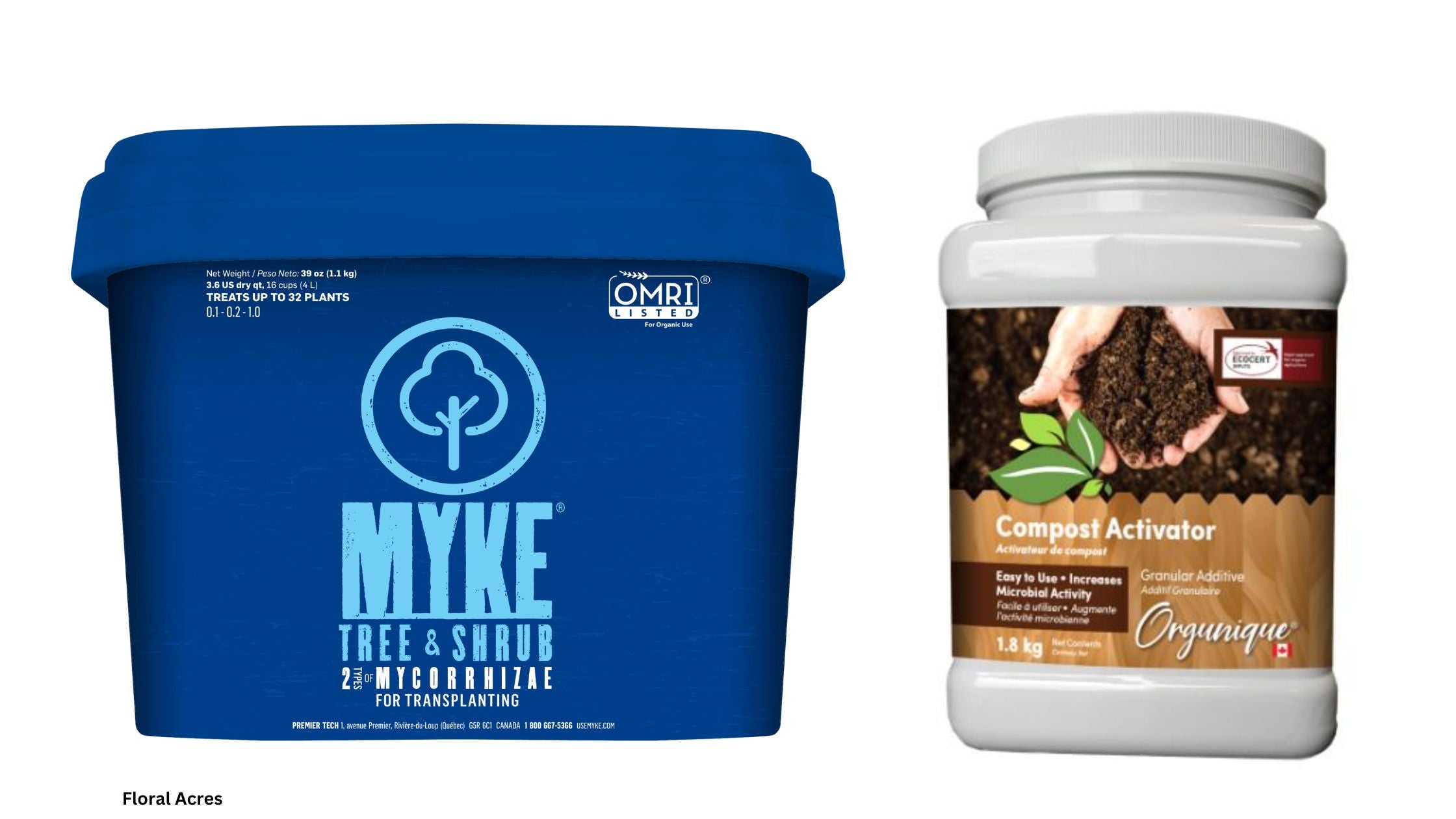
Remove old tree wrap from around mature trees. If it looks too tight, it usually is! Tight tree wrap around the trunk will cut off all water and food, eventually girdling and killing the tree.
Early May is the time to create a new compost pile/bin or start regularly turning an existing pile. A good compost activator to get the pile going is Orgunique Compost Activator. It is organic, safe and easy to use. Activators such as this product stimulate quick breakdown of organic waste, converting it to valuable nutrients. Add a bit of moisture (water) regularly if your compost is covered. As you are layering the pile during the spring and summer, do add some granular kelp or well-rotted manure and soil. This helps to provide food for the beneficial microbial life doing all the work to break down the ingredients. Layers of shredded grass clippings and leaves can be included. Do not add plants and grass clippings that are diseased or have been treated with herbicides, pesticides or fungicides.
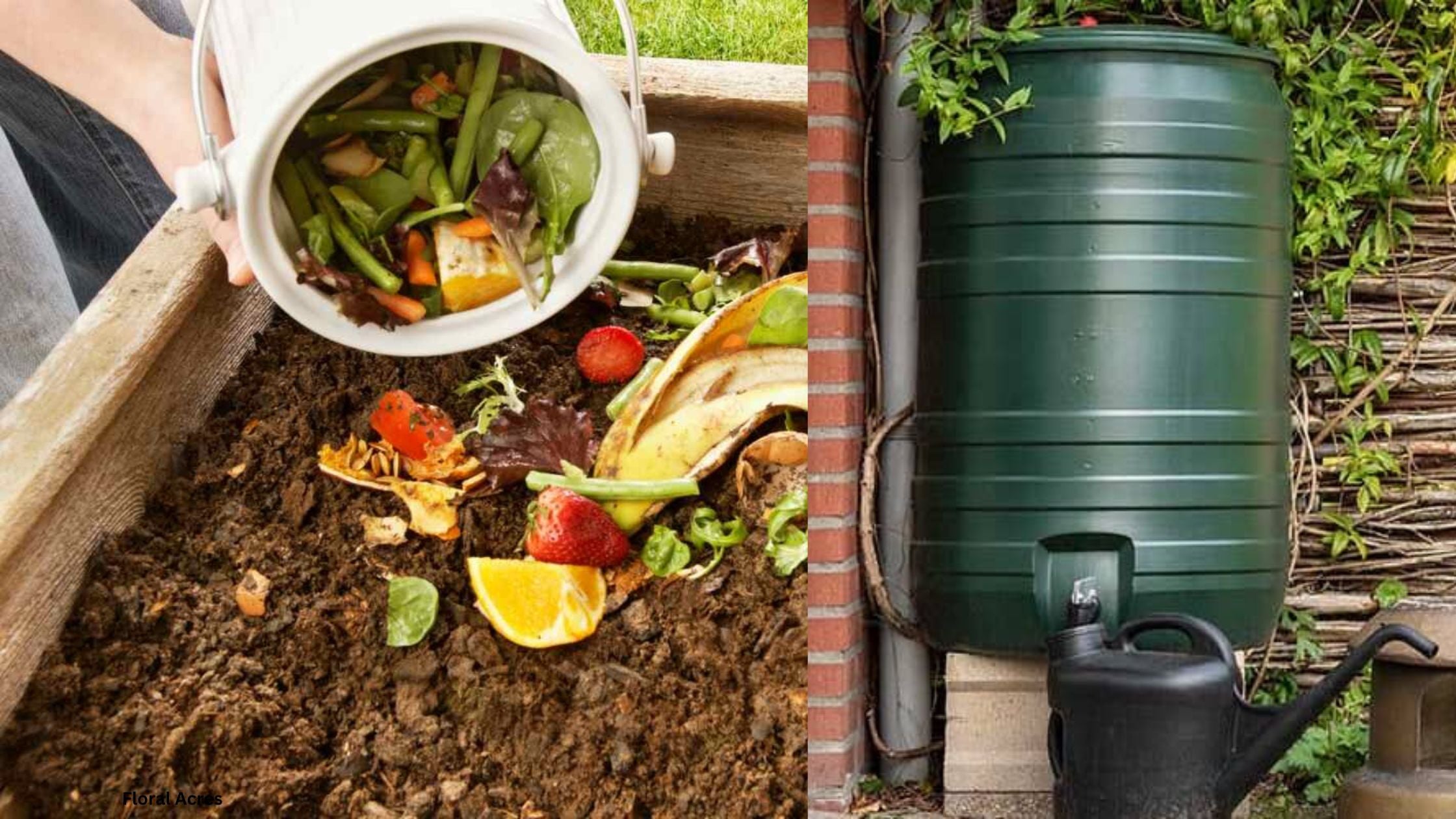
Set up rain barrels for the season. These can be purchased at your local hardware supply store. Do cover the tops of rain barrels as open, calm water is a magnet for egg laying female mosquitoes. To combat this, add a Mosquito Dunk to each barrel. Once dissolved, it will kill the hatched larvae of the mosquitos and is absolutely safe for children, pets, and all wildlife.
At the end of May plant summer flowering bulbs. You may have started these in the house so you are ahead of the game and just have to harden them off. Plant as soon as your soil has thawed, dried, and warmed. Check out Floral Acres for packaged summer flowering bulbs - there are many, but some new ones that stand out are Ismene, Martagon Lilies, and Mertensia (for the shade). Check them out!
May is also the time you can harden off the vegetable seedlings you started in your home. Plant the seedlings and direct seed your vegetable garden at the end of the month. Look into using floating row cover in your vegetable garden. Row cover is a synthetic fabric usually available in three weights that lets in air, sunlight, and water and keeps out rabbits, deer, birds and insect pests. It basically is an enclosed tent and is especially effective in keeping out cabbage moths that lay their eggs on cabbage, kale and broccoli. Row cover is reusable, provides insulation and frost protection, increases temperature and humidity under the cover. Setup can be a bit labor intensive but worth the work when harvest time comes around.
Plant potatoes in early May. (Weather permitting!)
No matter which plants you include in your garden, look them up individually and get to know their cultural requirements. This is very important and will save you a lot of trial and error. Have a happy May!
